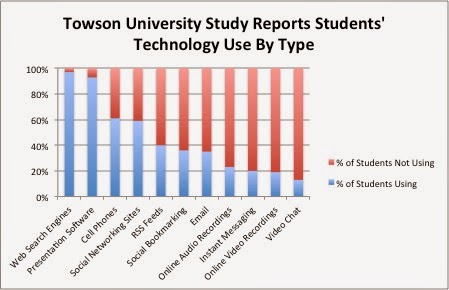| Source: cis.org |
For the past two years, DACA has allowed undocumented young adults to avoid deportation and obtain a work permit and temporary Social Security number, both renewable every two years. Specifically, the program's criteria for applying have been:
- arrival in the United States before the applicant turned 16
- living continuously in the United States since July 15, 2007
- under age 31 on June 15, 2012
- enrolled in a high school or GED program or have earned the equivalent of a high school diploma
- never convicted of any felony or serious misdemeanor
 |
| Source: countable.us |
Undocumented Immigrants Express Mixed Responses to the New Executive Action
The new inclusions and continued exclusions from the Deferred Action program are garnering mixed responses from undocumented immigrants and their allies. Those who now benefit from Deferred Action or whose family members are eligible are grateful. Others, such as Armando Ibanez of Los Angeles, worry that their families could be separated since some parents of DACA recipients are still not eligible. Some have already been affected. Yves Gomes, a student at the University of Maryland, has been separated from his parents, who are banned from reentering the country until 2019.
Additionally, some people feel that the tenets of Obama's executive action just don't reach far enough. Since the federal DREAM Act failed to be passed in 2010, DACA and the most recent executive action have been the only nationwide steps toward helping undocumented immigrants. Undocumented college students who qualify for neither DACA nor the DREAM Act, feel "invisible" and "left behind," explains Yvette Yerma, coordinator for Latino/a Student Involvement and Advocacy at the University of Maryland. Even those who benefit from DACA, however, are still disadvantaged compared to their legal peers.
The key to understanding the reach of DACA and its effect on undocumented persons is in the status that it grants. As explained in a study by Roberto Gonzales, Veronica Terriquez, and Stephen Ruszczyk, there is a difference between lawful status and lawful presence, and DACA only grants immigrants the latter. Dr. Irwin Morris, professor and chair of American Politics at the University of Maryland, explains the distinction, which is that lawful status confers access to financial aid, whereas lawful presence merely protects a person from deportation.
Applying for lawful status is difficult due to the bureaucratic process and the dangers and realities that undocumented immigrants face, including financial constraints and past legal records. Yet, the very fact that DACA exists and that the Obama administration plans to put into effect even more measures to help undocumented immigrants' plight shows that tides may be turning in the right direction.
Skeptics Question the Actual Reach of DACA
Although the overall picture for undocumented immigrants is undoubtedly improving, the extent of DACA's impact is still debatable. First of all, its age and residence date criteria were decided completely arbitrarily, excluding a large subsection of the undocumented population. Clearly, more comprehensive legislation to aid undocumented immigrants is needed. But, Dr. Morris suggests, such legislation is probably not forthcoming, despite all the hope generated by the president's executive action.
Secondly, DACA is limited not only in its reach to all undocumented immigrants, but also toward those it deems eligible for lawful status. It is estimated that only 61 percent of those persons eligible for DACA actually applied in its first year. Meanwhile, USCIS (U.S. Citizenship and Immigration Services) reports approving over 98 percent of applications, so on the bureaucratic side at least, the program seems to be adequately matching the demand by applicants. Why this disparity? Why don't more qualified young undocumented immigrants apply?
Although the overall picture for undocumented immigrants is undoubtedly improving, the extent of DACA's impact is still debatable. First of all, its age and residence date criteria were decided completely arbitrarily, excluding a large subsection of the undocumented population. Clearly, more comprehensive legislation to aid undocumented immigrants is needed. But, Dr. Morris suggests, such legislation is probably not forthcoming, despite all the hope generated by the president's executive action.
Secondly, DACA is limited not only in its reach to all undocumented immigrants, but also toward those it deems eligible for lawful status. It is estimated that only 61 percent of those persons eligible for DACA actually applied in its first year. Meanwhile, USCIS (U.S. Citizenship and Immigration Services) reports approving over 98 percent of applications, so on the bureaucratic side at least, the program seems to be adequately matching the demand by applicants. Why this disparity? Why don't more qualified young undocumented immigrants apply?




